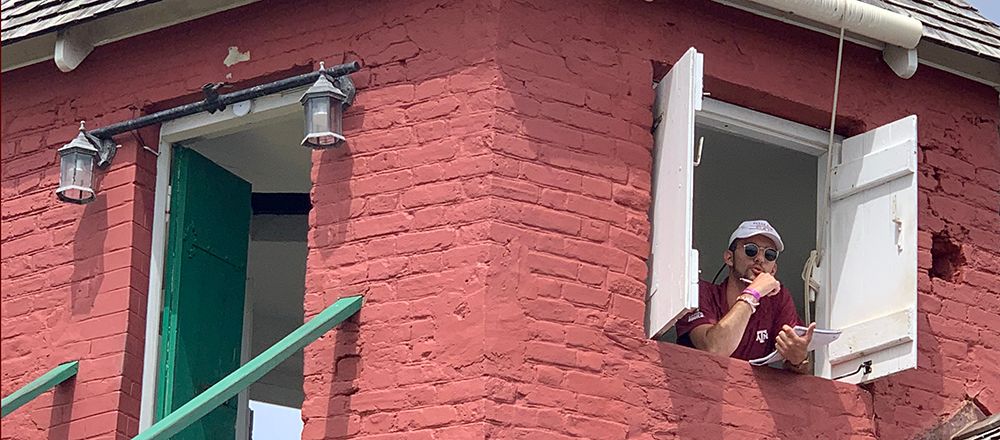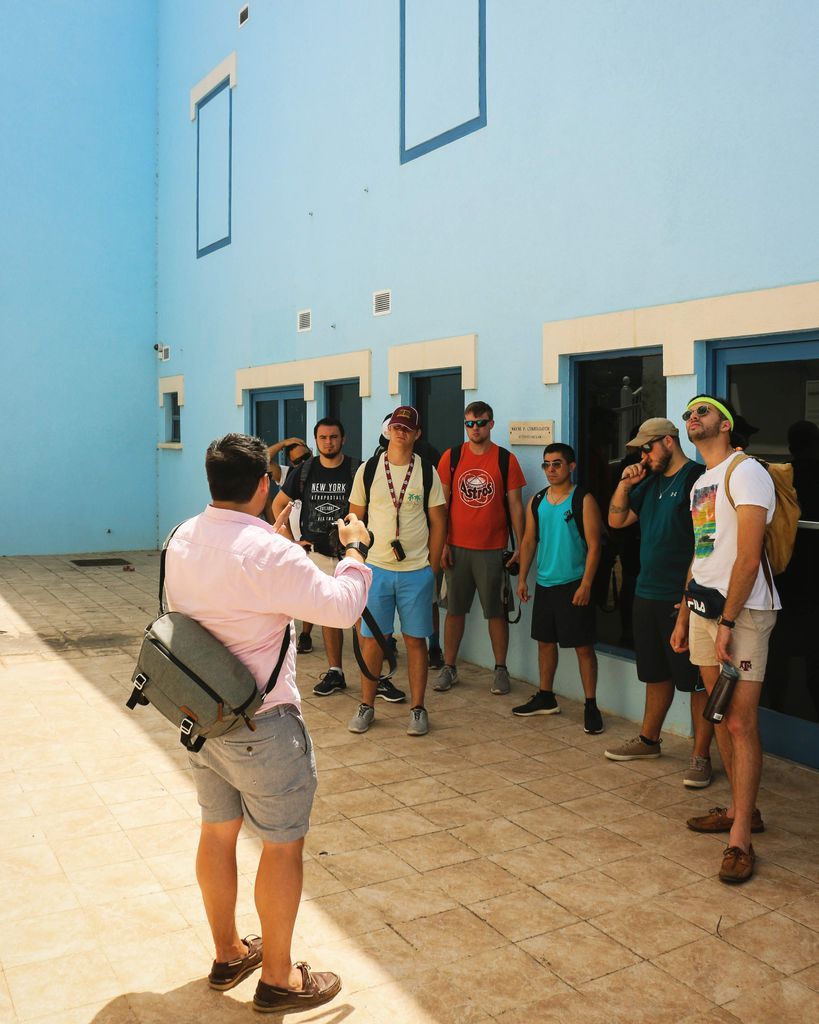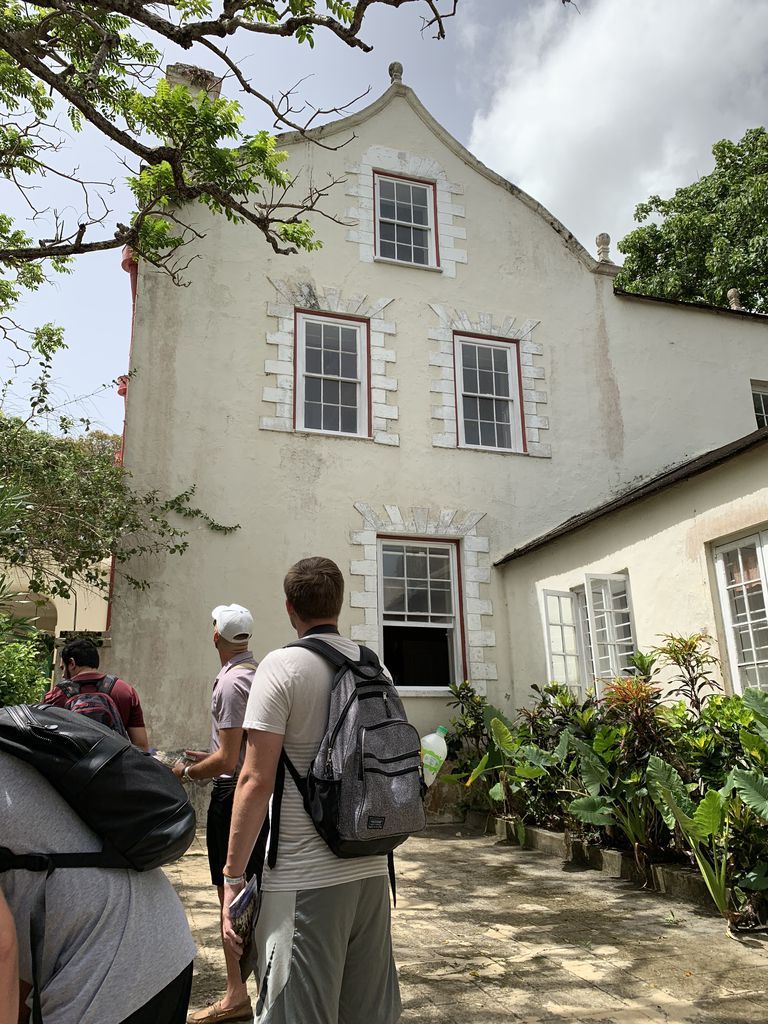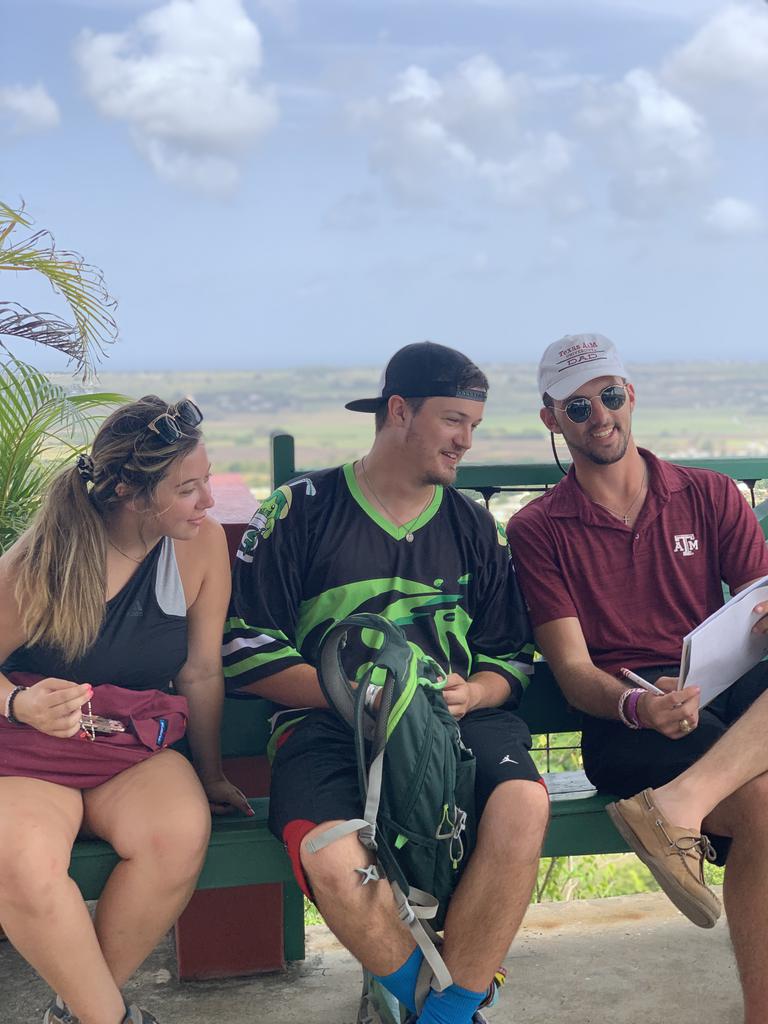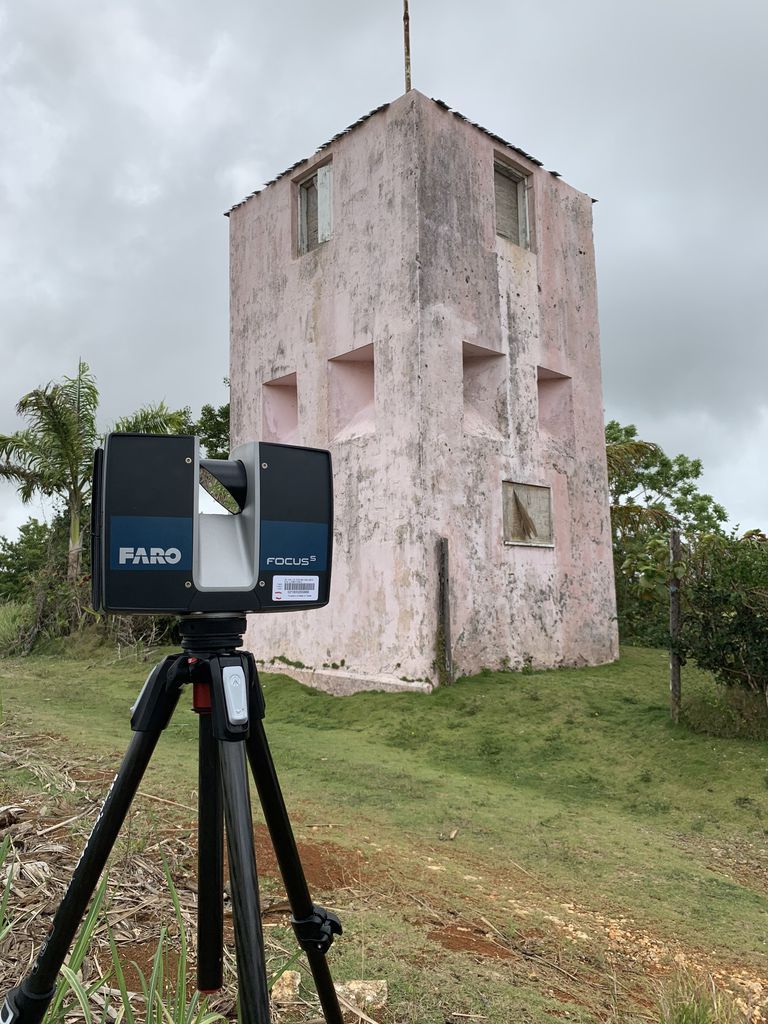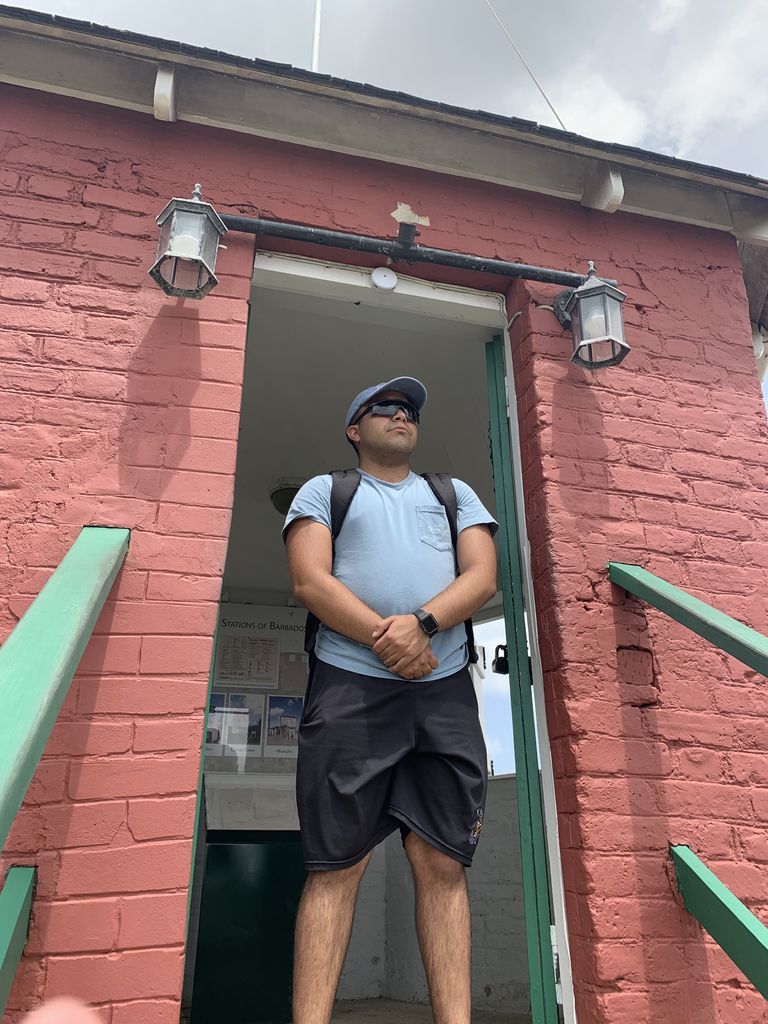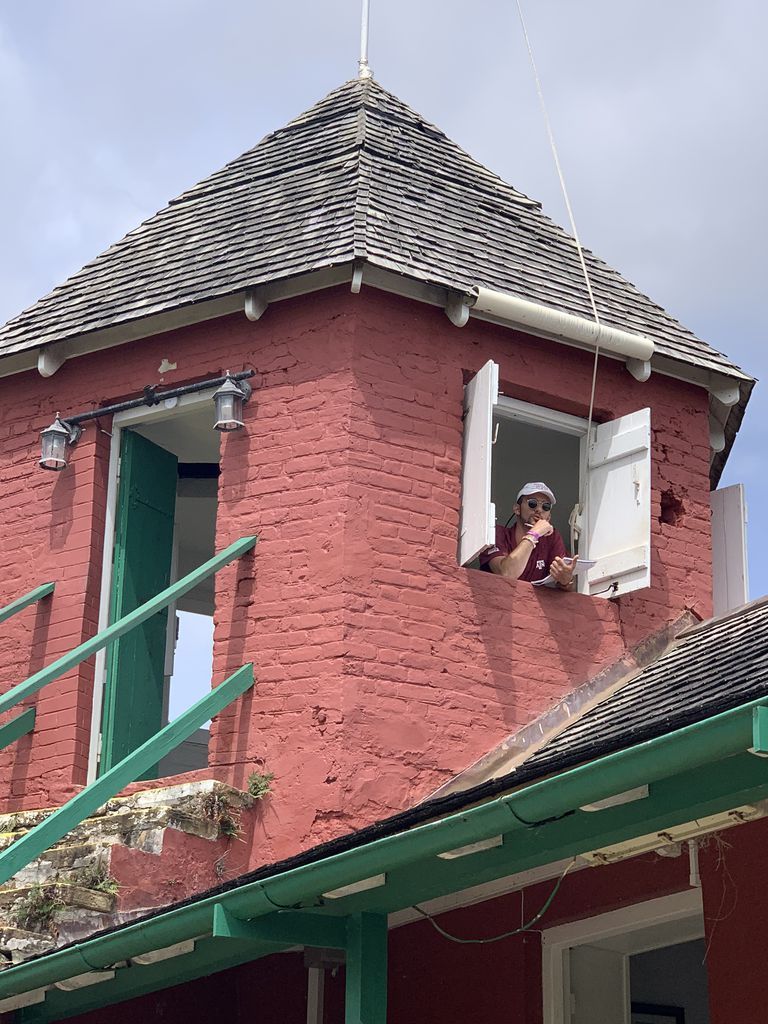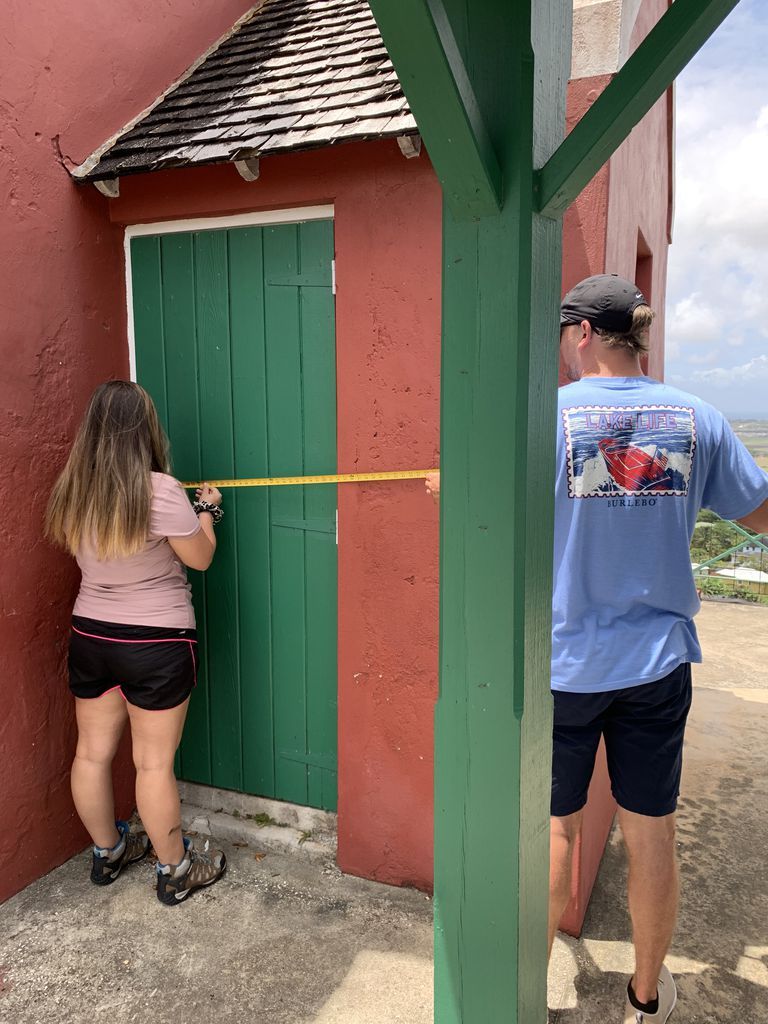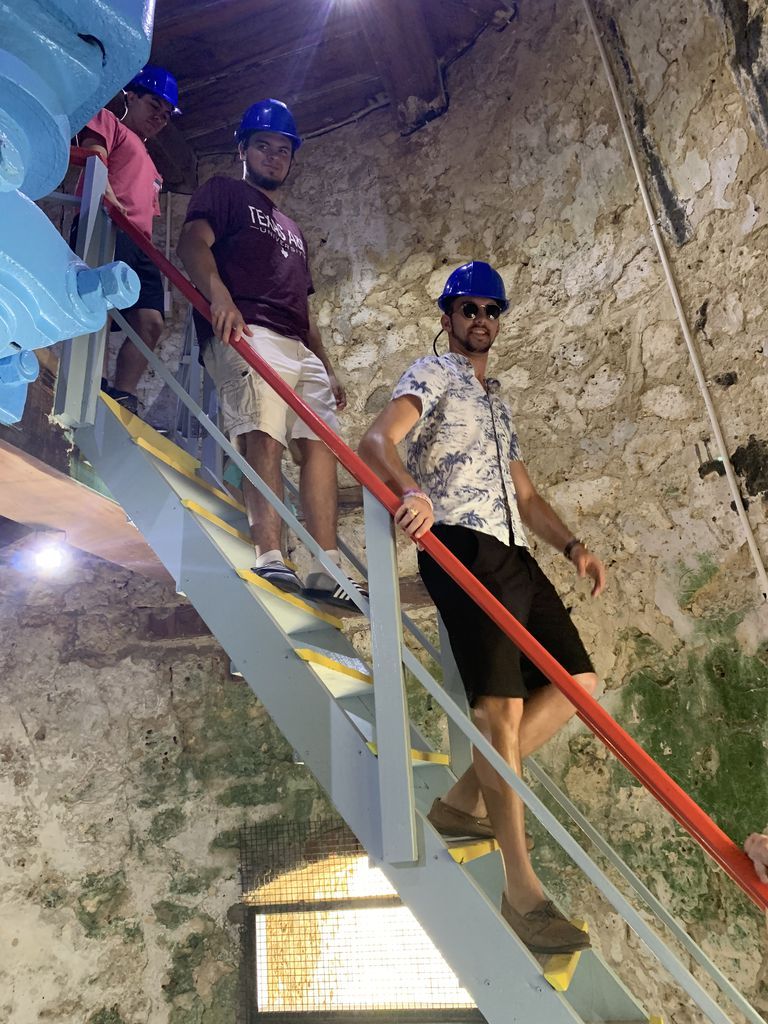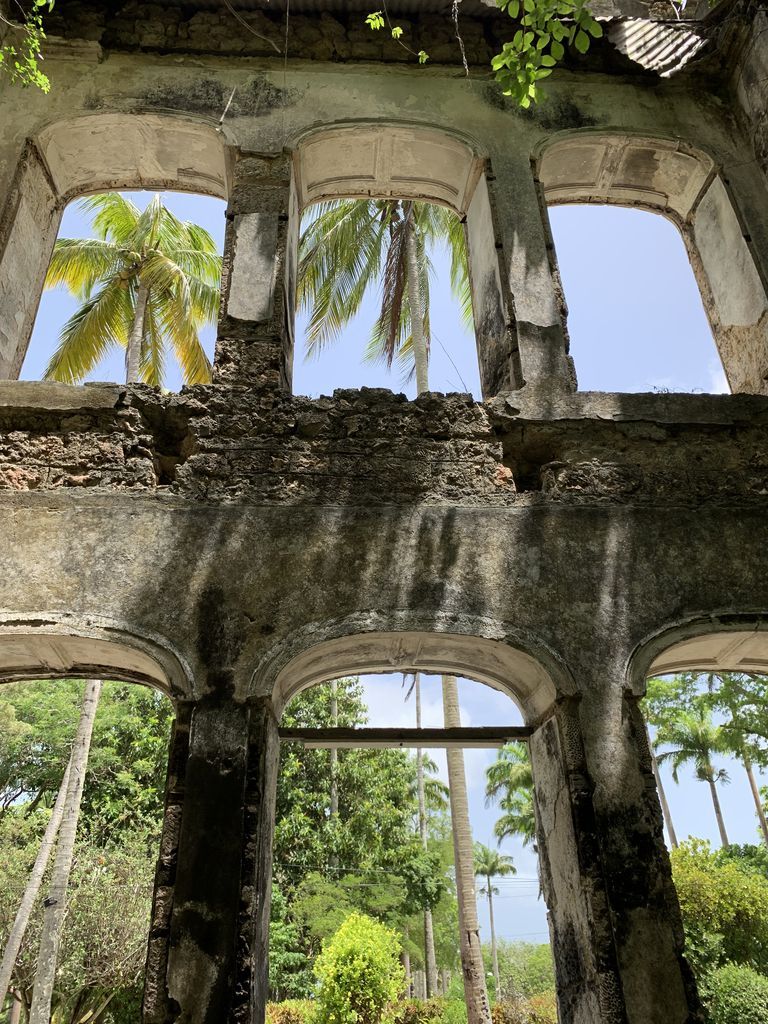Students help preserve historic buildings in Barbados
A group of Texas A&M university studies majors recently traded sidewalks for sand dunes and classroom seats for salty ocean air while they learned how to document historic buildings in Barbados this past summer.
The students, led by Brent Fortenberry, assistant professor of architecture, were aided by the Barbados National Trust, which preserves and protects the natural and artistic heritage of the Caribbean island nation.
“Students were introduced to new technology used to document the built environment and provided with a toolkit to document any historic building,” said Fortenberry, associate director of the Center for Heritage Conservation.
The students learned to use everything from tape measures to laser scanners to drones as they recorded buildings and created 3D models to document historic buildings accurately for preservation.
“The buildings we’re working on have never been investigated, so when we show up, we’re the only architectural historians on the island,” said Fortenberry. “That’s what really sets this program apart — it’s for the benefit of the island’s architectural heritage and serves as a unique service opportunity for our students.”
The students worked together to create drawings and reports for documentation of the conditions of the buildings and suggestions for repairs to preserve the buildings long-term.
“Preservation of built history is integral to students’ learning in any field,” said Hayley Field, a graduate teaching assistant who went on the trip. “Not only can historic structures teach about materials and methods of construction, they can teach us about the people who inhabited and worked in those spaces.”
Students serve the local communities, working to create an archive of building documentation, investigation, recording, and conservation assessments for historic island structures.
Goals of the program
Fortenberry cites three goals of the experience: an appreciation of historic buildings and the numerous threats they face in the 21st century, an understanding of how to document those buildings through digital technology, and a sense that preservation can give back to a community through the historic buildings that provide value to places through connections to the past.
“I want the students and people in Barbados to understand that a sense of identity can manifest through the built environment and that there are economic development opportunities through heritage and cultural tourism,” he said.
Why study abroad?
Every study abroad experience is unique to the student and the location of the program, but each offers cultural learning and service opportunities that students can’t find at home.
“Studying abroad provides students with possibly the only opportunity in their lives to immerse themselves in another culture, the only extended time they might spend in another country to learn about and enjoy the place and to ultimately become a stakeholder in that land,” said Fortenberry.
For more information, contact rnira@arch.tamu.edu or doswald@tamu.edu.

